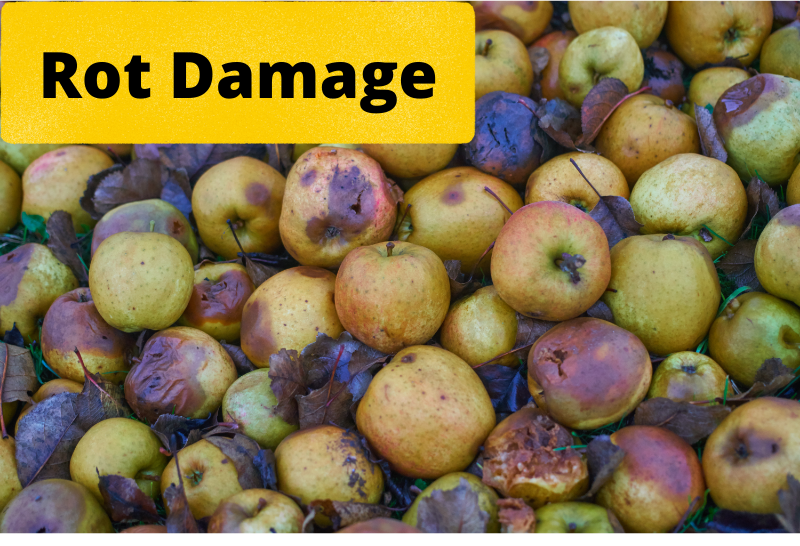Our team of legal experts give you inside info on the legal world of cargo claims – from how to avoid losses and prevent cargo claims to taking pictures that can win a court case.
Pre-shipment evidence is key in any claim you want to bring against a carrier. Photographs speak volumes and you should always take them prior to shipping and collect as much evidence as possible showing your cargo packaged perfectly prior to being shipped.
The last thing you want to do is have to make a cargo claim, or worse still, not make one when you know you should. You know that you stuffed your container properly . You know that the container was in good condition. But once the container is delivered to the port ready to load, it is out of your control and all you can do it hope it arrives to its final destination in perfect condition.
Annually the Port of London handles around 47, 359,000 tonnes of cargo and it is one of the oldest and most famous ports in Europe being hugely important for the national and international markets ever since the Roman Empire, supporting Britain’s massively successful history of Maritime Trade.
Q: Why is it so difficult to recoup your money back off a liable carrier? A: Because no one likes to part with, or lose money, especially carriers. So by making claiming complicated and time-consuming, carriers already start winning claims at the get go! By making sure you know that they will put up a fight and most likely win!





